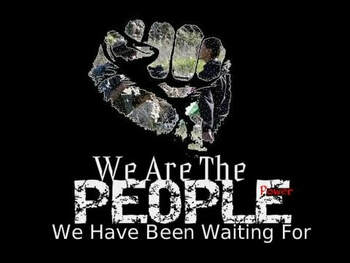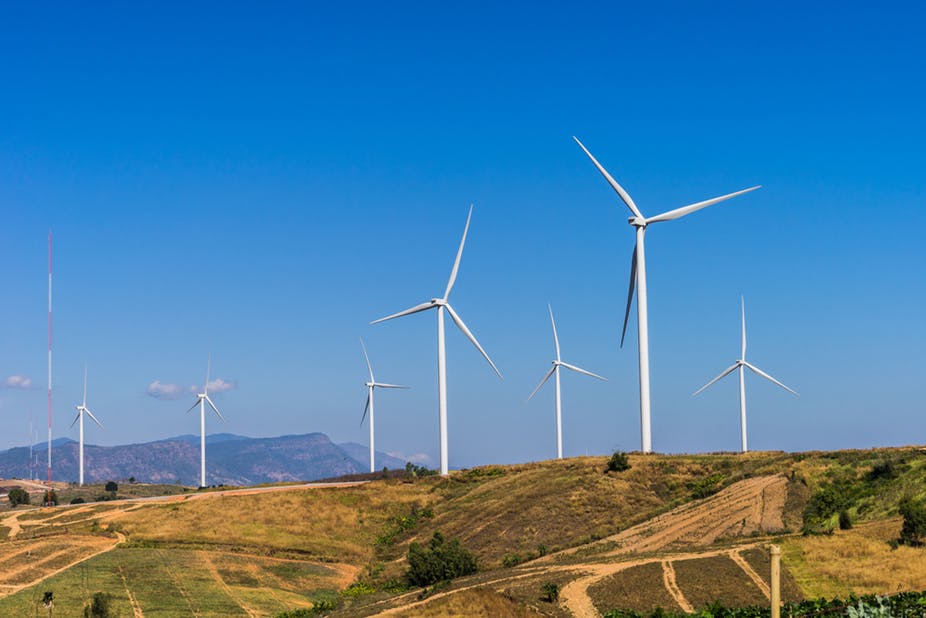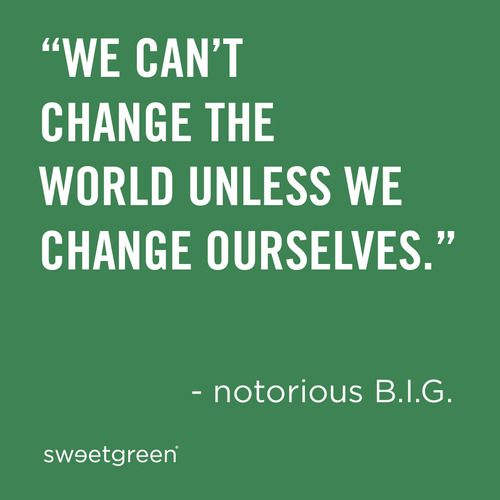© Global Education Derby 2020. All rights reserved. The In Others' Shoes resources are copyright but may be reproduced by any method without fee for teaching purposes.
For copyright in any other circumstances, for re-use in other publications or for translation or adaptation, written permission must be obtained from Global Education Derby: http://www.globaleducationderby.org.uk/contact.html
Global Education Derby is a Registered Charity No. 1049591 and a Company Limited by Guarantee registered in England & Wales No. 2642026.
For copyright in any other circumstances, for re-use in other publications or for translation or adaptation, written permission must be obtained from Global Education Derby: http://www.globaleducationderby.org.uk/contact.html
Global Education Derby is a Registered Charity No. 1049591 and a Company Limited by Guarantee registered in England & Wales No. 2642026.
|
Problems of the World
|
| ||||||
Title of Lesson |
Time Required |
Age Range |
Resources required |
Problems of the World |
3 X 1 hour |
15 - 17 |
Film clips https://www.youtube.com/watch?v=x-B0fJfXADU Photographs/books/objects writing materials "What can we do to save the planet?" supporting worksheet |
Lesson Objective |
Knowledge and Understanding (Global Theme covered) |
Global Skills covered |
Global Values and Attitudes covered |
To sensitize the students to understand the problems of the world regarding environment and resources |
Sustainable Development |
Critical and creative thinking Ability to manage complexity and uncertainty |
Concern for the environment and commitment to sustainable development |
-
Introduction
-
Main Activity
-
Plenary
-
What were the Outcomes?
<
>
This activity was developed over 2 to 3 lessons to encourage students to speak and discuss in foreign language lessons but could equally be used to extend vocabulary, promote dialogue and deeper thinking in their home language.
A film clip was shown from a landmark 2009 documentary " We are the People We are Waiting for" up to 3 minutes 10 seconds as a stimulus - alternative stimuli could include animations from The World's Largest Lesson (available in many languages) or footage of a news event.
Following the stimulus give individual thinking time - What are your feelings or impressions? Jot down words and adjectives that come into your mind.
In pairs compare the words chosen. Did you feel the same? Why was that? What makes you angry?
The students write key words, capturing their feelings in large writing onto cards and add to the class board or layout on the floor if room allows. Encourage students to group words together, describing the connections between the vocabulary and ideas shared by the group.
Can the group agree on how the words are to be organised? Separations, connections and labels can be added using marker pens or masking tape.
A film clip was shown from a landmark 2009 documentary " We are the People We are Waiting for" up to 3 minutes 10 seconds as a stimulus - alternative stimuli could include animations from The World's Largest Lesson (available in many languages) or footage of a news event.
Following the stimulus give individual thinking time - What are your feelings or impressions? Jot down words and adjectives that come into your mind.
In pairs compare the words chosen. Did you feel the same? Why was that? What makes you angry?
The students write key words, capturing their feelings in large writing onto cards and add to the class board or layout on the floor if room allows. Encourage students to group words together, describing the connections between the vocabulary and ideas shared by the group.
Can the group agree on how the words are to be organised? Separations, connections and labels can be added using marker pens or masking tape.
What do you think: What are we going to talk about today? What are the problems of the world?
Ask pairs to list as many "problems of the world" as they can from their own background knowledge.
Extend by recalling the film stimulus, looking at photographs or illustrations from fiction, text books, popular films - can you see these problems, what are they, can you describe them?
Students describe and record their understanding of the problems of the world through talk, in written form or through drawings.
Teacher intervenes to change direction of thought and poses some questions:
What can we do to save the planet?
Instructions: work in groups
Pupils have a talk, discuss in groups
Solutions suggested by the groups can be collected and ranked as a class. What actions can we take? Which actions will have the greatest impact?
Students can be provided with sentence starters to help them discuss the problems, consequences, actions and solutions they put forward and listen to other perspectives.
Ask pairs to list as many "problems of the world" as they can from their own background knowledge.
Extend by recalling the film stimulus, looking at photographs or illustrations from fiction, text books, popular films - can you see these problems, what are they, can you describe them?
Students describe and record their understanding of the problems of the world through talk, in written form or through drawings.
Teacher intervenes to change direction of thought and poses some questions:
- `You've seen the film, we've been talking about the problems of the world. So you know a lot about the complex problems.
- As you are a young person living on this planet you could blame your ancestors, charge all the other people with failure, but that can't solve the problem.
What can we do to save the planet?
Instructions: work in groups
- `Please talk together with your group members about strategies, solutions, possibilities to make the world a better place. Just talk, but take notes if you need to using the work sheet provided.
Pupils have a talk, discuss in groups
- `Stay within your group now and tell us what you've found out.`
Solutions suggested by the groups can be collected and ranked as a class. What actions can we take? Which actions will have the greatest impact?
Students can be provided with sentence starters to help them discuss the problems, consequences, actions and solutions they put forward and listen to other perspectives.
Present students with two written statements:
"We can't change the world unless we change ourselves"
"One single person can't make a change"
Students stand by the statement they feel best represents their opinion and writes their own thoughts on a speech bubble. Ask students to explain their thinking and justify it.
Draw out shades of opinion from what has been shared. Give students the opportunity to position themselves on an opinion line between the two statements, rather than be in opposite camps.
Final question:
"We can't change the world unless we change ourselves"
"One single person can't make a change"
Students stand by the statement they feel best represents their opinion and writes their own thoughts on a speech bubble. Ask students to explain their thinking and justify it.
Draw out shades of opinion from what has been shared. Give students the opportunity to position themselves on an opinion line between the two statements, rather than be in opposite camps.
Final question:
- So can we make the world a better place, each of us? Students record their opinion on a speech bubble. They stand to indicate their response on either side of a YES/NO line and justify their view to the group.
Students were highly motivated, particularly around environmental issues.
They demonstrated a high level of empathy, particularly around the impact of pollution.
The group were highly creative in the reflective phase.
They demonstrated a high level of empathy, particularly around the impact of pollution.
The group were highly creative in the reflective phase.
Lesson submitted by Maria Turner and Anja Weber, Germany








